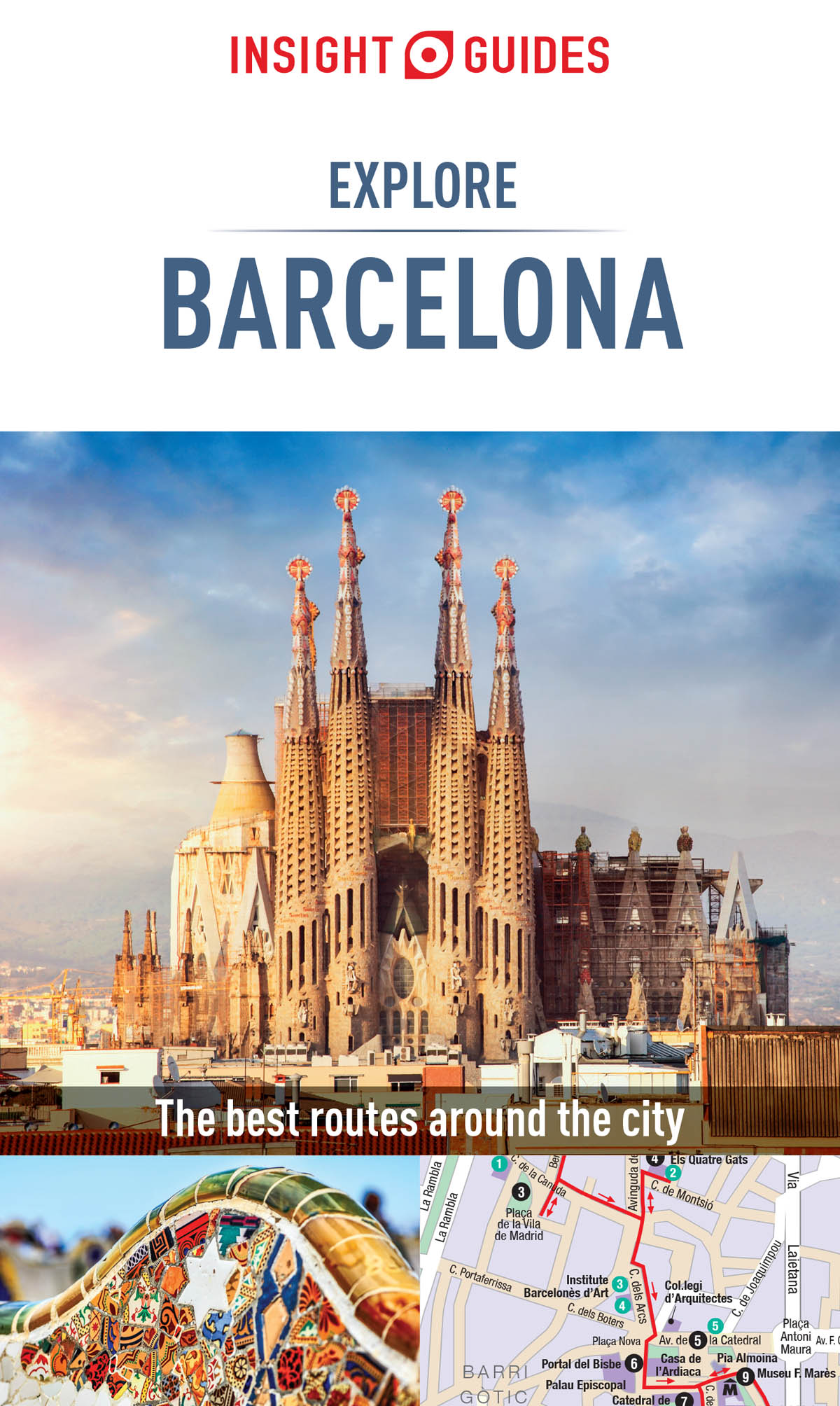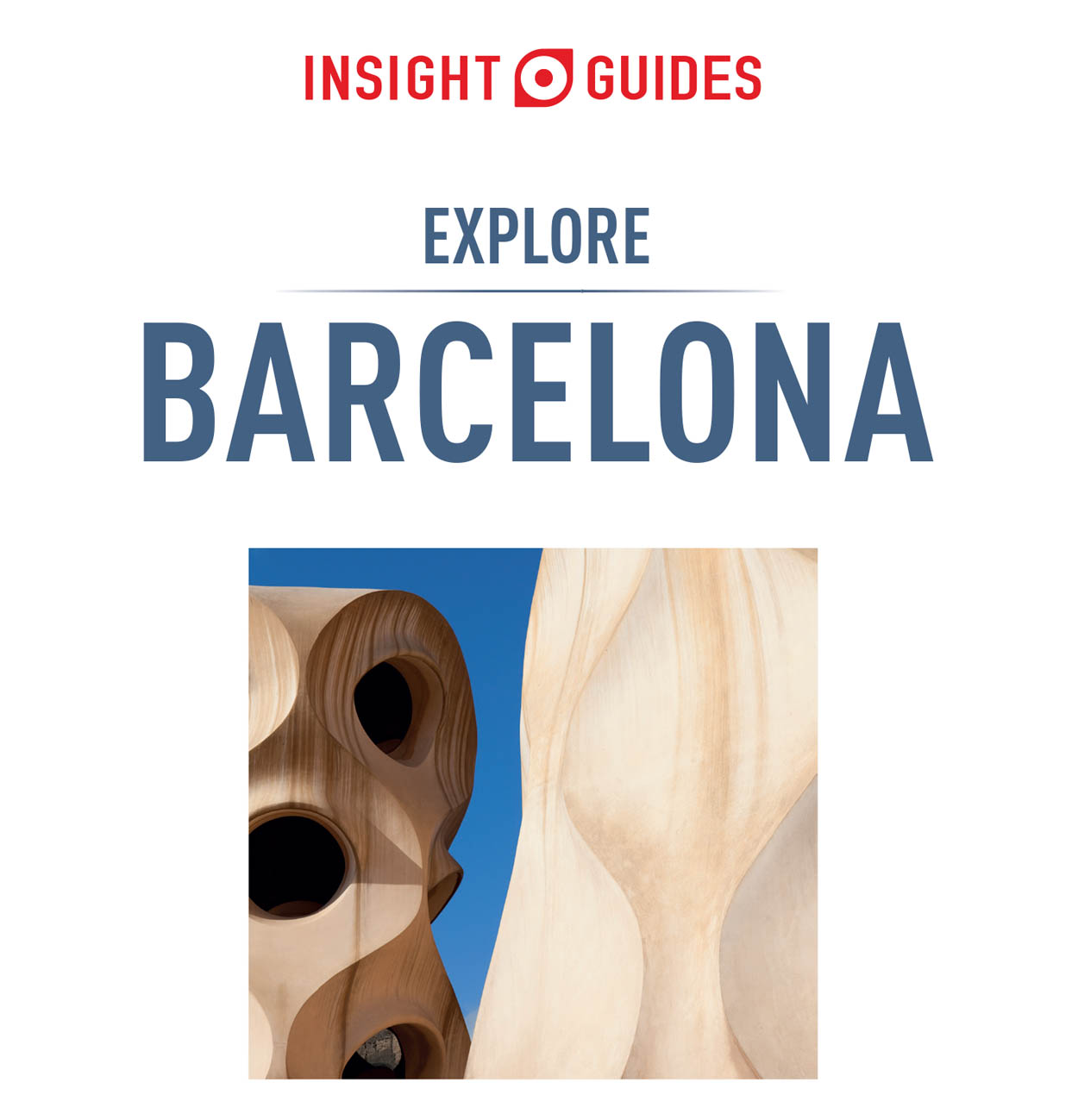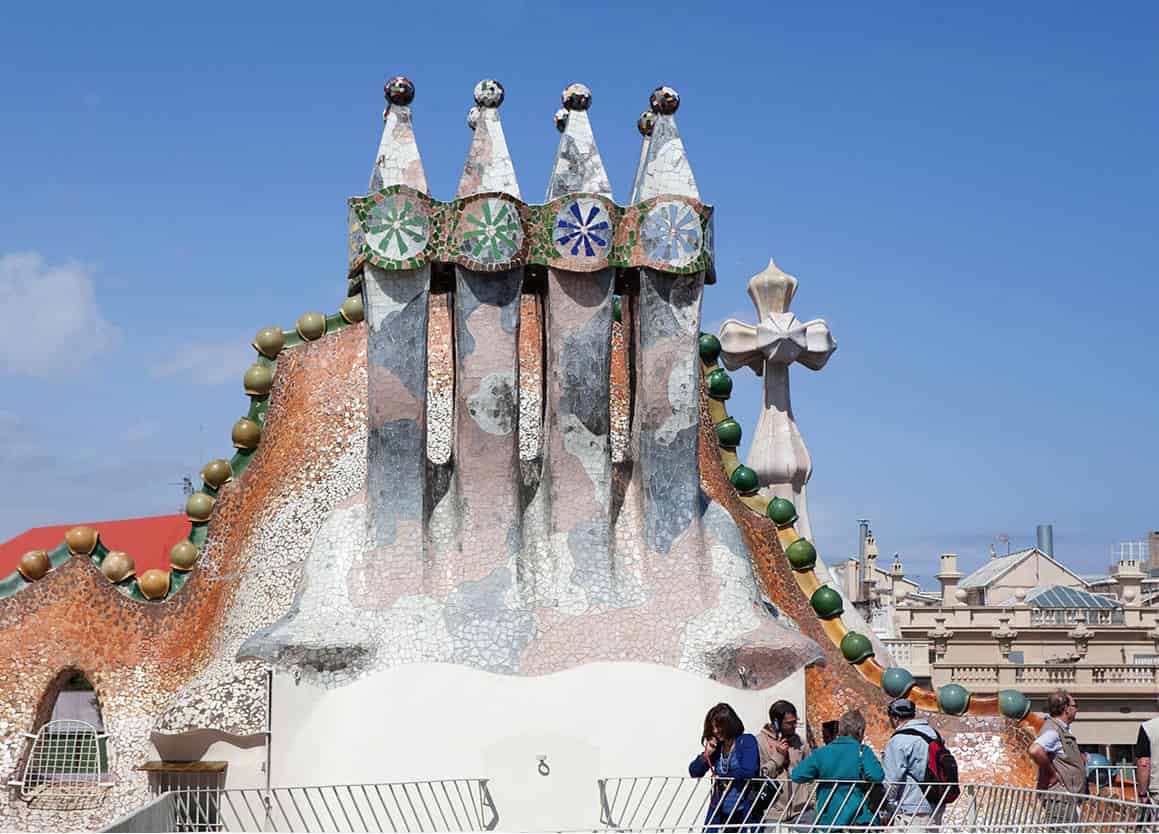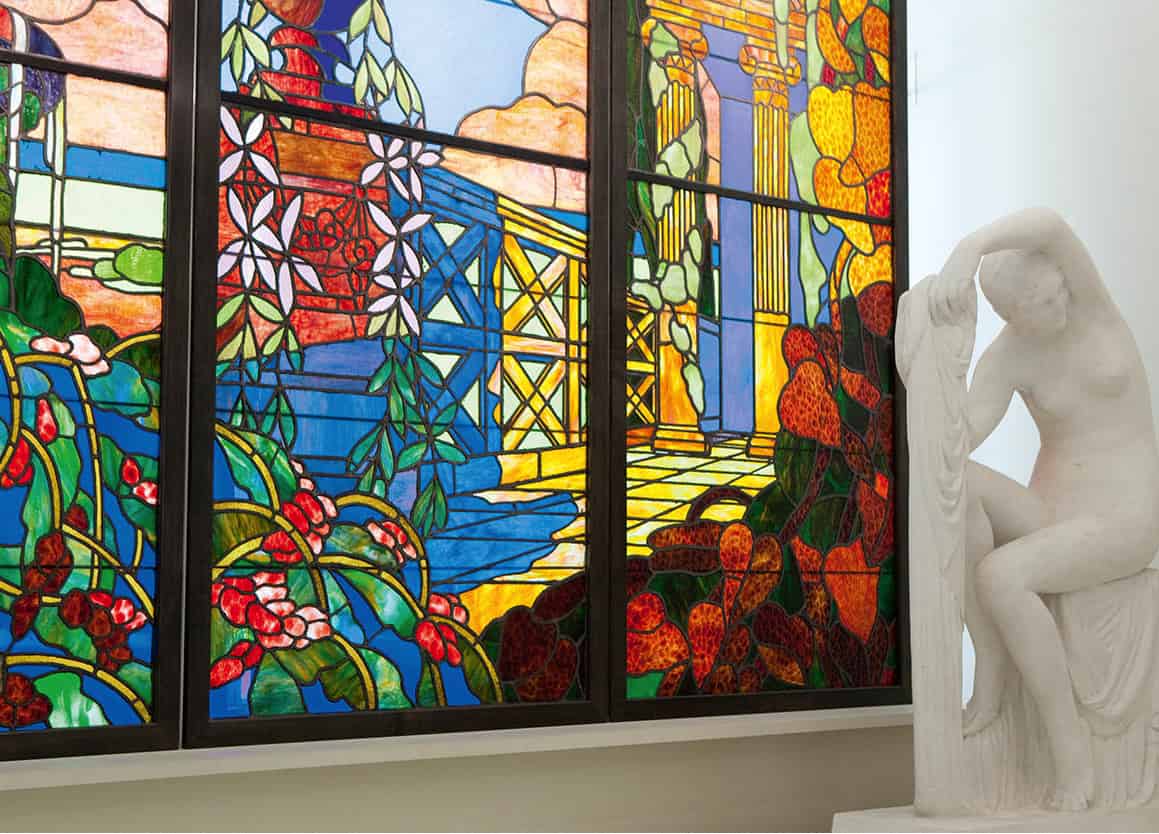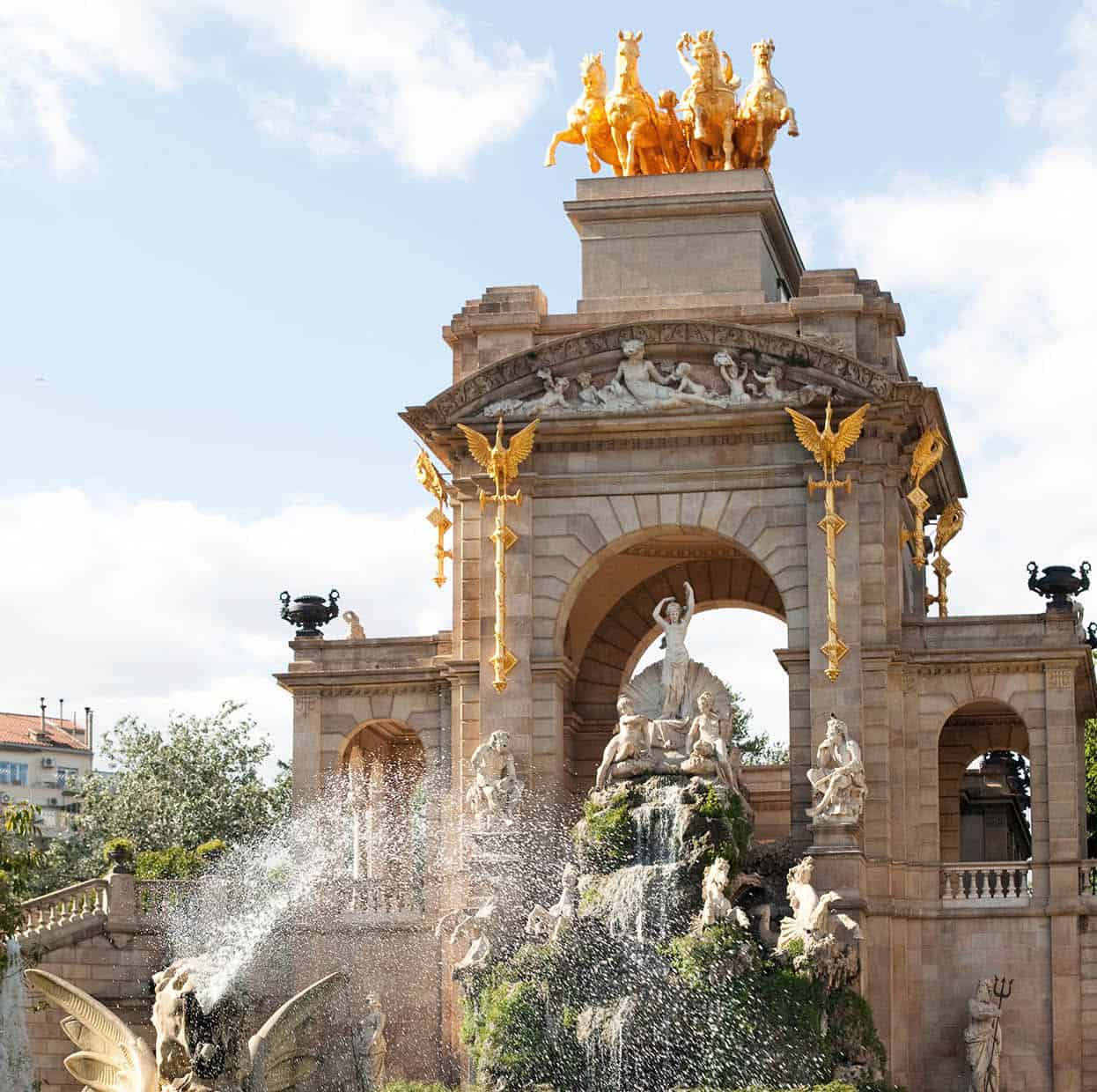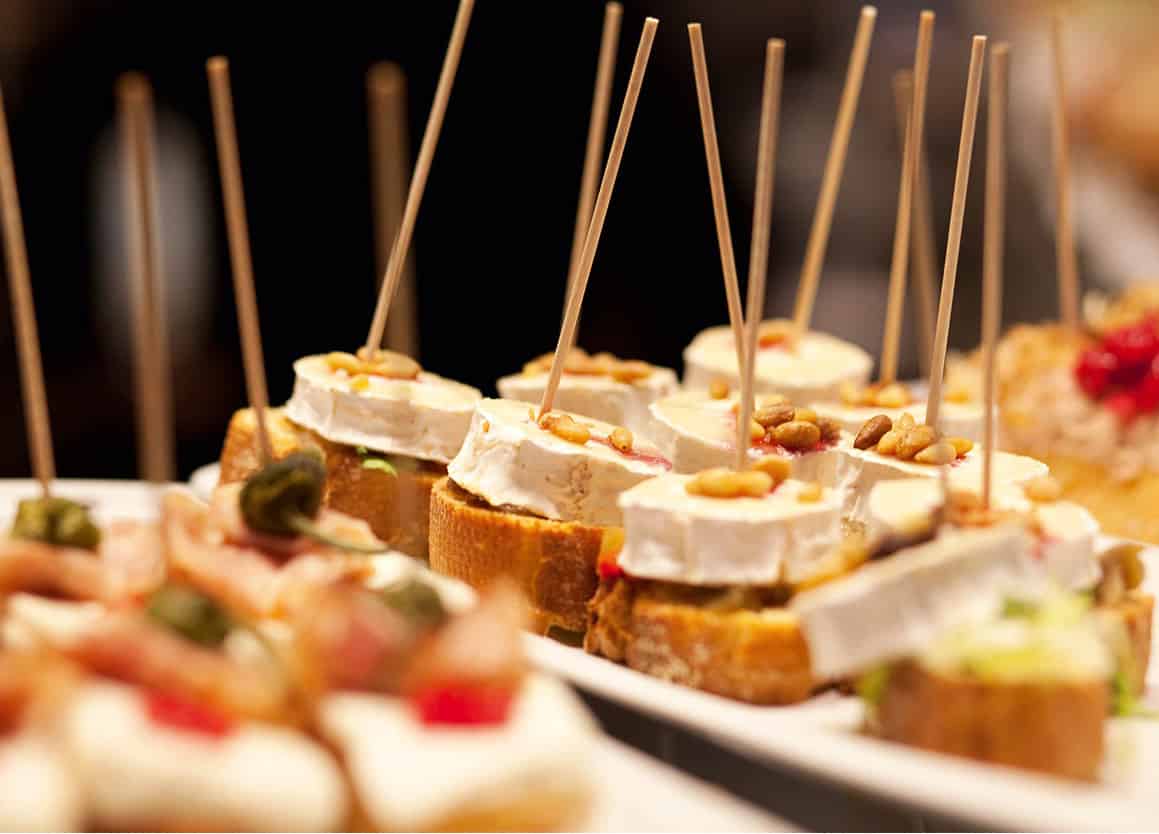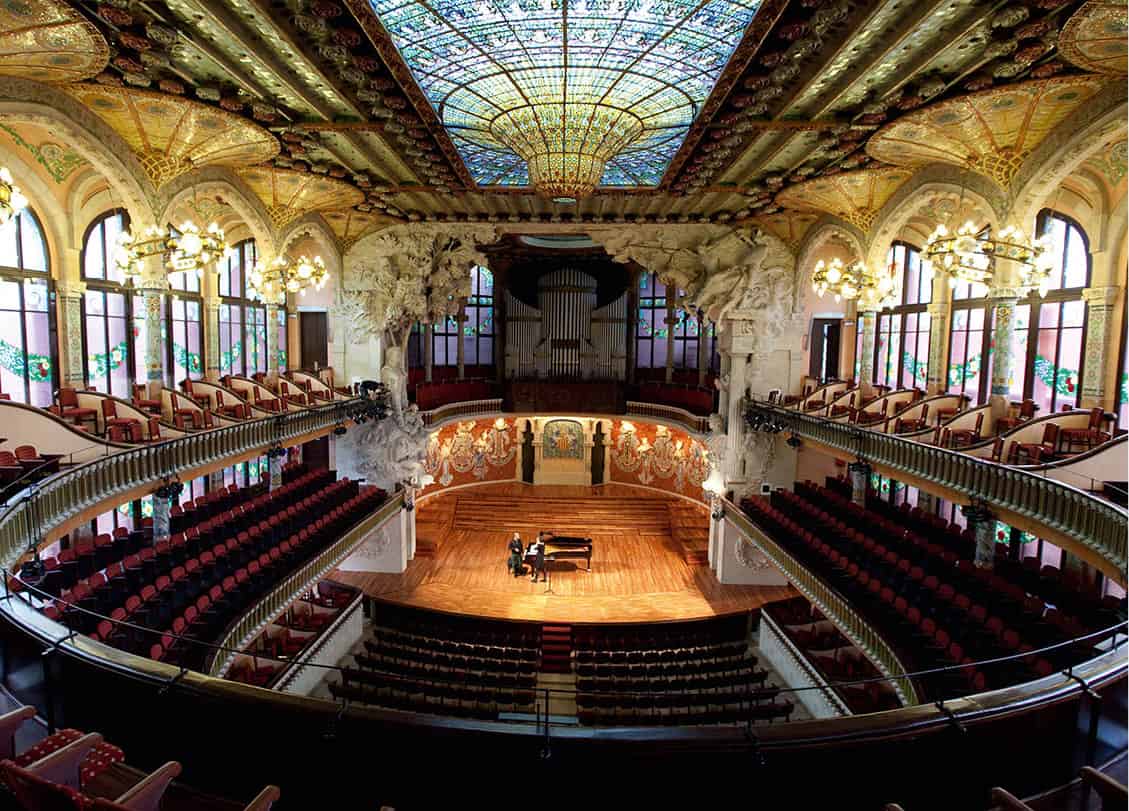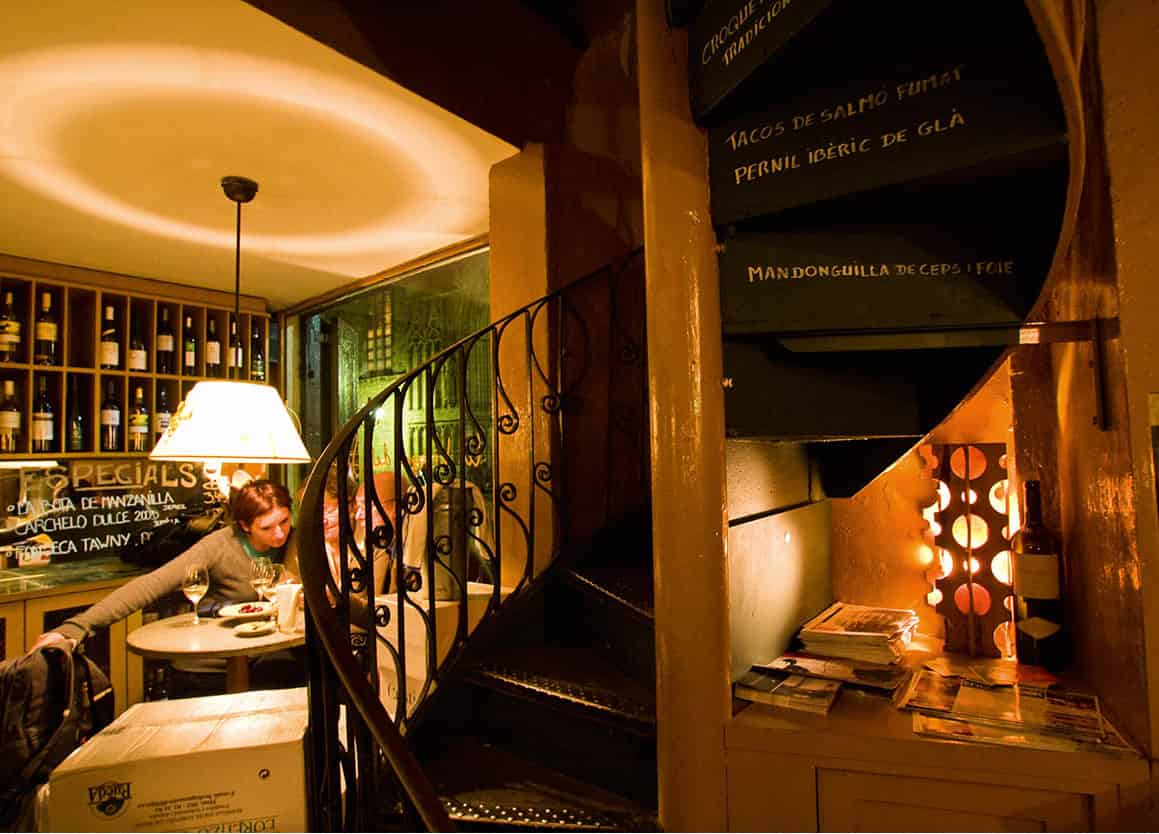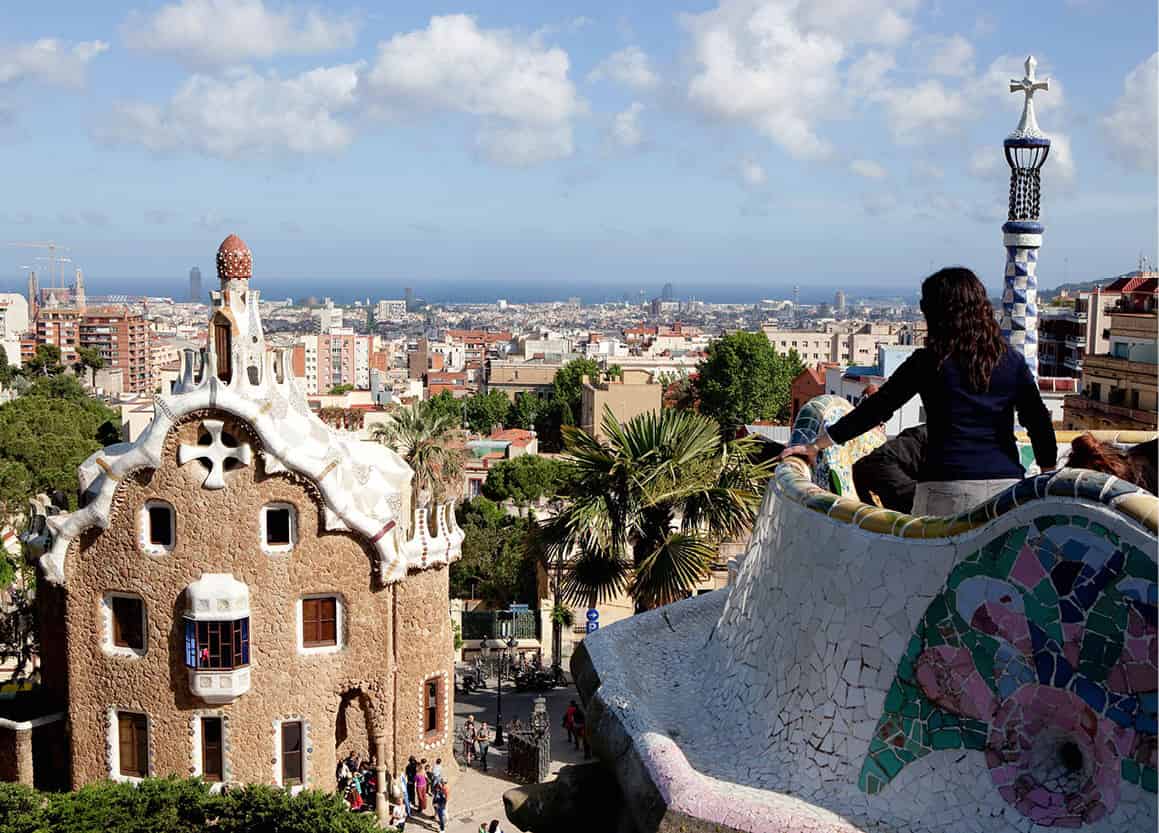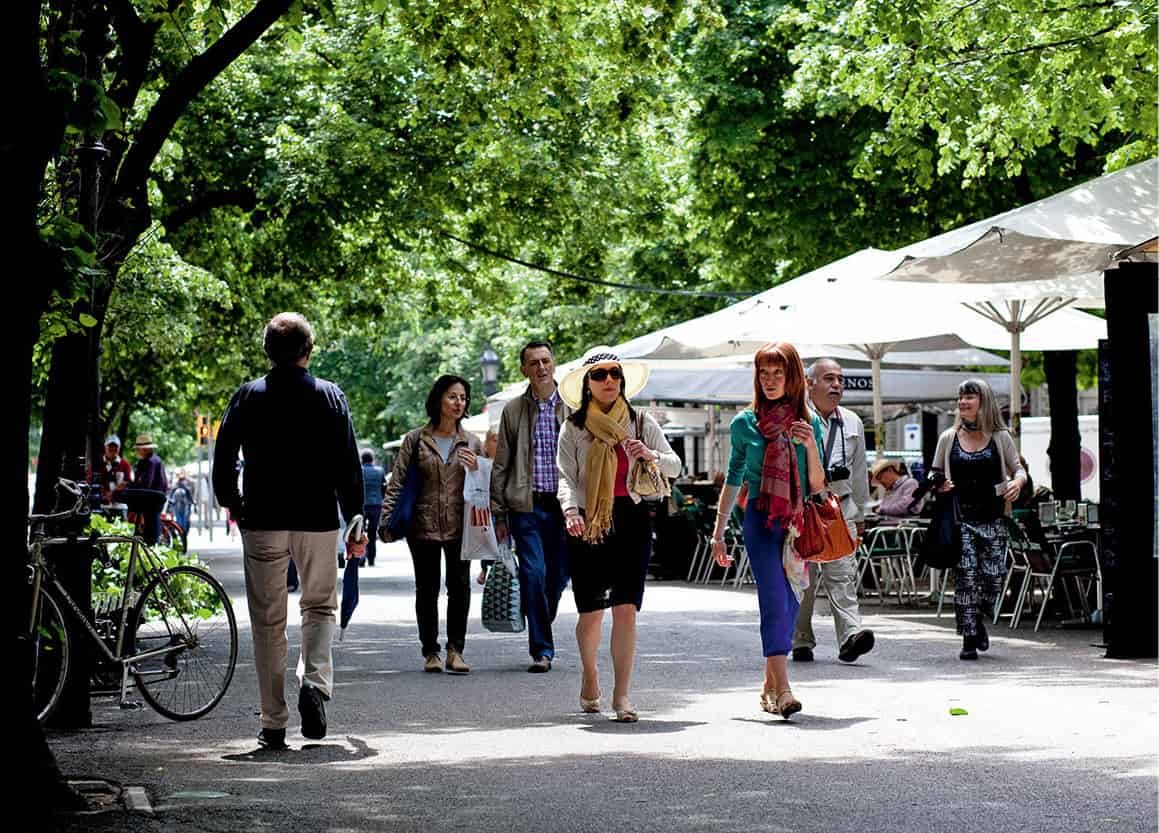How To Use This E-Book
This Explore Guide has been produced by the editors of Insight Guides, whose books have set the standard for visual travel guides since 1970. With top-quality photography and authoritative recommendations, these guidebooks bring you the very best routes and itineraries in the worlds most exciting destinations.
Best Routes
The routes in this book provide something to suit all budgets, tastes and trip lengths. As well as covering the destinations many classic attractions, the itineraries track lesser-known sights, and there are also excursions for those who want to extend their visit outside the city. The routes embrace a range of interests, so whether you are an art fan, a gourmet, a history buff or have kids to entertain, you will find an option to suit.
We recommend reading the whole of a route before setting out. This should help you to familiarise yourself with it and enable you to plan where to stop for refreshments options are shown in the Food and Drink box at the end of each tour.
Introduction
The routes are set in context by this introductory section, giving an overview of the destination to set the scene, plus background information on food and drink, shopping and more, while a succinct history timeline highlights the key events over the centuries.
Directory
Also supporting the routes is a Directory chapter, with a clearly organised AZ of practical information, our pick of where to stay while you are there and select restaurant listings; these eateries complement the more low-key cafs and restaurants that feature within the routes and are intended to offer a wider choice for evening dining. Also included here are some nightlife listings, plus a handy language guide and our recommendations for books and films about the destination.
Getting around the e-book
In the Table of Contents and throughout this e-book you will see hyperlinked references. Just tap a hyperlink once to skip to the section you would like to read. Practical information and listings are also hyperlinked, so as long as you have an external connection to the internet, you can tap a link to go directly to the website for more information.
Maps
All key attractions and sights mentioned in the text are numbered and cross-referenced to high-quality maps. Wherever you see the reference [map] just tap this to go straight to the related map. You can also double-tap any map for a zoom view.
Images
Youll find lots of beautiful high-resolution images that capture the essence of the destination. Simply double-tap on an image to see it full-screen.
2016 Apa Digital (CH) AG and Apa Publications (UK) Ltd
Table of Contents
Recommended Routes For...
Architecture
From pure Catalan Gothic around the Royal Palace ().
Corrie Wingate/Apa Publications
Art buffs
Artistic highlights include the Museu Picasso ().
Corrie Wingate/Apa Publications
Families with kids
Kids will enjoy the Wax Museum ().
Corrie Wingate/Apa Publications
Flora and fauna
For a spot of greenery, to look for parakeets, or to check out the zoo, visit the Parc de la Ciutadella ().
Corrie Wingate/Apa Publications
Food and drink
Sample the excellent tapas on and around the Passeig de Grcia ().
Corrie Wingate/Apa Publications
Music lovers
El Liceu opera house ().
Corrie Wingate/Apa Publications
Night owls
You will find places that open late across the city, but good starting points include El Born ().
Greg Gladman/Apa Publications
Sporty types
Visit the buildings erected for the 1992 Olympics with the new Open Camp sportainment centre and check out the Museu Olmpic i de lEsport at Montjuc ().
Corrie Wingate/Apa Publications
Explore Barcelona
A vibrant, dynamic city, always on the move but passionately guarding its heritage, Barcelona offers everything from Gothic treasures and traditional dances to trendy bars, innovative architecture and gorgeous food.
When anyone asks what are the best things to see in Barcelona, the answer should always be: just walk the streets. Few cities in the world are so agreeable for simply wandering, thanks to Barcelonas rich architectural heritage, from giant Roman stones and sunless medieval lanes to the brilliant architecture of Gaud and the Modernistas, and the shimmering, sharp-edged 21st-century blocks that are placed with such panache alongside the historical gems.
The view from Park Gell
Corrie Wingate/Apa Publications
Strolling down the Rambla
Corrie Wingate/Apa Publications
Development
Lying on the Mediterranean coast in northeast Spain, some 260km (160 miles) from France and a distance of 625km (390 miles) from Madrid, Spains second-largest city was founded by the Romans. The oppidum of Barcino was entrenched behind walls encircling the area around what is now the cathedral and the government buildings of Plaa de Sant Jaume. During medieval times Catalonias Golden Age the Counts of Barcelona pushed the walls south beyond the famous La Rambla avenue, to encompass El Raval and create what is now the whole of the old town, or Ciutat Vella. Beyond this lay the hillside Jewish burial grounds of Montjuc.
The 19th century
Towards the end of the 19th century a vast new extension (Eixample) was laid out in an impeccable grid system inland, while an industrial area spread north alongside the shore. The Ciutat Vella, the Eixample (where Antoni Gauds Sagrada Famlia and many of the Modernista showcase buildings are located) and the former industrial area that has been transformed into a beach front (Barceloneta and the port) are the three key areas that most visitors come to explore.


